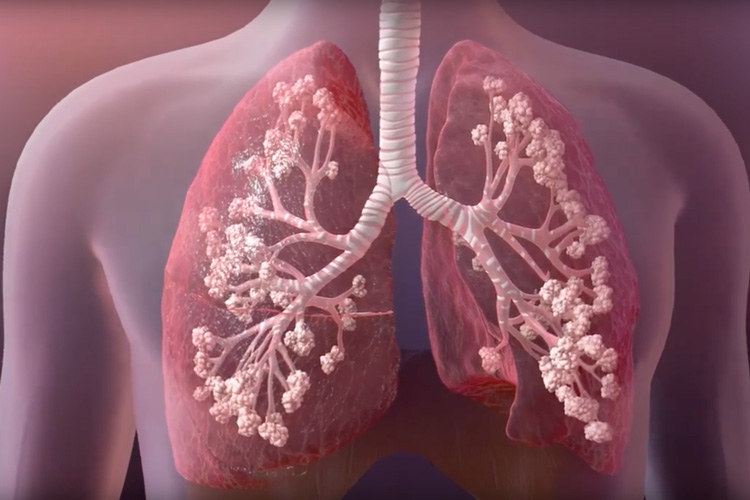- Home
- Editorial
- News
- Practice Guidelines
- Anesthesiology Guidelines
- Cancer Guidelines
- Cardiac Sciences Guidelines
- Critical Care Guidelines
- Dentistry Guidelines
- Dermatology Guidelines
- Diabetes and Endo Guidelines
- Diagnostics Guidelines
- ENT Guidelines
- Featured Practice Guidelines
- Gastroenterology Guidelines
- Geriatrics Guidelines
- Medicine Guidelines
- Nephrology Guidelines
- Neurosciences Guidelines
- Obs and Gynae Guidelines
- Ophthalmology Guidelines
- Orthopaedics Guidelines
- Paediatrics Guidelines
- Psychiatry Guidelines
- Pulmonology Guidelines
- Radiology Guidelines
- Surgery Guidelines
- Urology Guidelines
Respiratory disorders in children can now be detected via smartphone

AUSTRALIA: The diagnosis of childhood respiratory disorders can now be readily done with an automated cough analysis technology incorporated in a smartphone app, according to a recent study published in the journal Respiratory Research. This system delivers high diagnostic accuracy (between 81% and 97%) in detecting respiratory disorders including pneumonia, RAD, croup, bronchiolitis, upper and lower respiratory tract disorders.
In children, respiratory disorders are the second most common reason for admission to the emergency department and is a major disease burden worldwide. The differential diagnosis of respiratory disorders can be challenging even for experienced clinicians with access to diagnostic support services.
Diagnostics delays and errors can result in an increased risk of morbidity, antibiotic stewardship and mortality.
Dr Paul Porter, Curtin University, Bentley, Western Australia, Australia, and colleagues compared diagnoses made by the algorithm to those from a clinical adjudication panel (who had access to all medical records and diagnostic support service results) in order to determine positive and negative per cent agreement for a number of respiratory conditions.
"It can be difficult to differentiate between respiratory disorders in children, even for experienced doctors. This study demonstrates how new technology, mathematical concepts, machine learning and clinical medicine can be successfully combined to produce completely new diagnostic tests utilising the expertise of several disciplines," said Dr Porter.
To develop the app, the authors used similar technology to that used in speech recognition, which they trained to recognise features of coughs which are characteristic of five different respiratory diseases. The researchers then used the app to categorise the coughs of 585 children between ages 29 days to 12 years who were being cared for at two hospitals in Western Australia.
The accuracy of the automated cough analyser was determined by comparing its diagnosis to a diagnosis reached by a panel of paediatricians after they had reviewed results of imaging, laboratory findings, hospital charts and conducted all available clinical investigations.
The authors note that the technology developed for this study is able to provide a diagnosis without the need for a clinical examination by a doctor in person, addressing a major limiting feature of existing telehealth consultations, which are used to provide clinical services remotely. Removing the need for a clinical examination may allow targeted treatments to begin sooner.
Dr Porter said: "As the tool does not rely on clinical investigations, it can be used by health care providers of all levels of training and expertise. However, we would advise that where possible the tool should be used in conjunction with a clinician to maximise the clinical accuracy."

Disclaimer: This site is primarily intended for healthcare professionals. Any content/information on this website does not replace the advice of medical and/or health professionals and should not be construed as medical/diagnostic advice/endorsement or prescription. Use of this site is subject to our terms of use, privacy policy, advertisement policy. © 2020 Minerva Medical Treatment Pvt Ltd